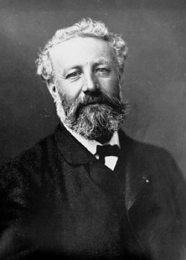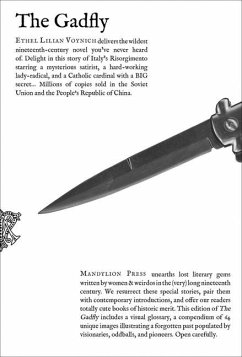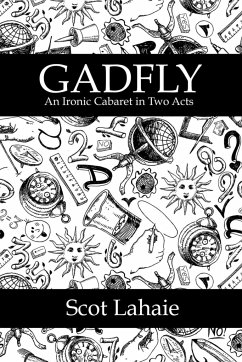
The Master of the World
a novel by Jules Verne
Versandkostenfrei!
Versandfertig in 1-2 Wochen
16,99 €
inkl. MwSt.

PAYBACK Punkte
8 °P sammeln!
Master of the World (French: Maître du monde), published in 1904, is one of the last novels by French pioneer science fiction writer, Jules Verne. It is a sequel to Robur the Conqueror. At the time wrote the novel, his health was failing. Master of the World is a "black novel," filled with foreboding and fear of the rise of tyrants such as the novel's villain, Robur, and totalitarianism.Plot outlineSet in the summer of 1903, a series of unexplained events occur across the Eastern United States, caused by objects moving with such great speed that they are nearly invisible. The first-person nar...
Master of the World (French: Maître du monde), published in 1904, is one of the last novels by French pioneer science fiction writer, Jules Verne. It is a sequel to Robur the Conqueror. At the time wrote the novel, his health was failing. Master of the World is a "black novel," filled with foreboding and fear of the rise of tyrants such as the novel's villain, Robur, and totalitarianism.Plot outlineSet in the summer of 1903, a series of unexplained events occur across the Eastern United States, caused by objects moving with such great speed that they are nearly invisible. The first-person narrator, John Strock, 'Head inspector in the federal police department' in Washington, DC, travels to the Blue Ridge Mountains of North Carolina to investigate. He discovers that all the phenomena are being caused by Robur, a brilliant inventor. (He was previously featured as a character in Verne's Robur the Conqueror.)Robur has perfected a new machine, which he has dubbed the Terror. It is a ten-meter long vehicle, capable of operating as a speedboat, submarine, automobile, or aircraft. It can travel at the (then) unheard of speed of 150 miles per hour on land and at more than 200 mph when flying.Strock tries to capture the Terror but instead is captured himself. Robur drives the strange craft to elude his pursuers, heading to the Caribbean and into a thunderstorm. The Terror is struck by lightning, breaks apart, and falls into the ocean. Strock is rescued from the vehicle's wreckage, but Robur's body is never found. The reader is left to decide whether or not he has died.













